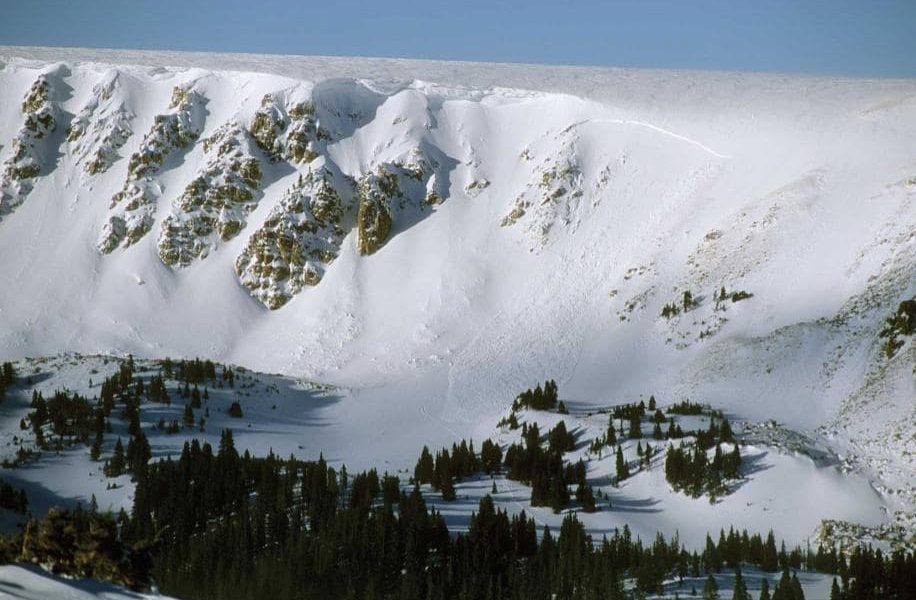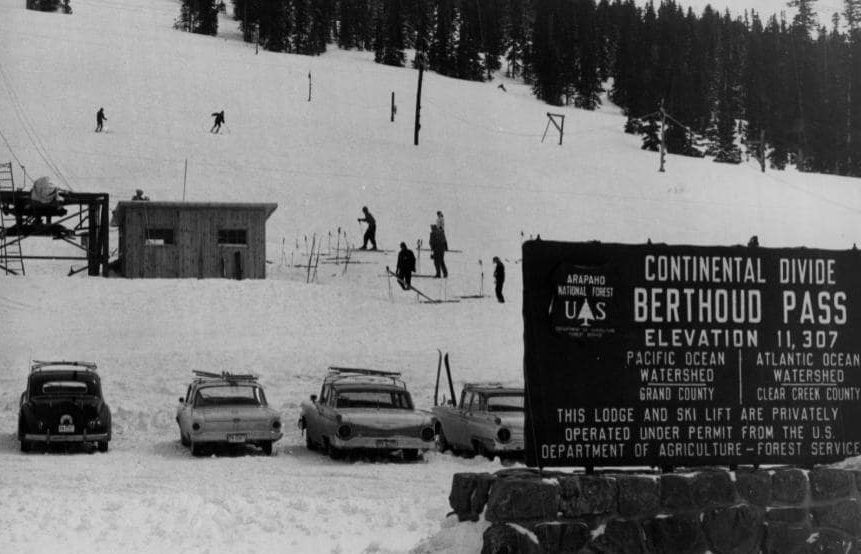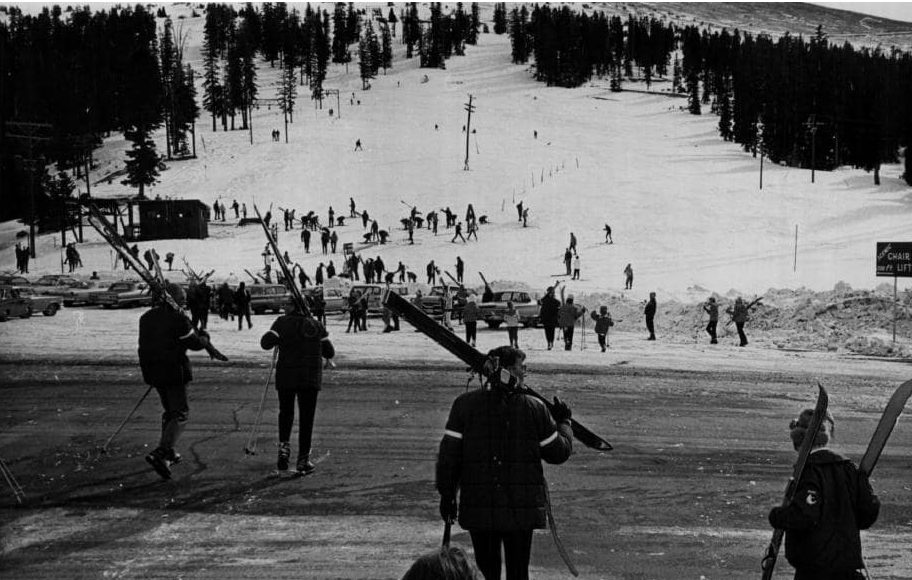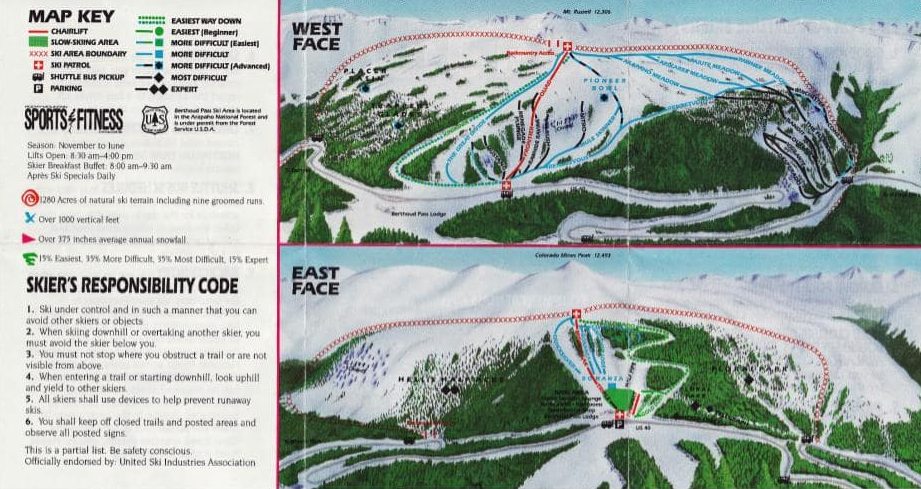
Long before the behemoths of the corporate ski resorts along I-70, Berthoud Pass existed for the purity of skiing. It provided quick access for Front Range skiers from Denver, CO. Equipped at its peak with a handful of lifts, its existence was simple; get people on the hill for the sake of skiing. No-frills skiing is what its patron sought, and it provided. It was a place to focus on finding the perfect turn. Located between Empire and Winter Park, CO, it gives a glimpse into the glory days for those willing to work for it.
Edward Berthoud first named the pass in 1861 while surveying the land to build a railroad over the Continental Divide. It was not suitable for the railroad and was developed as a pass for wagons. The “Summit House” was the first building on the pass and was home to Captain Gaskill, a distinguished soldier during the Civil War and responsible for pioneering the nearby town of Fraser. Skiers began to access the pass as early as the 1920s, and by the 1930s, winter maintenance on the road started, making it even more accessible.

Alpine skiing was booming in the U.S., and the proximity to Denver met the demand. In 1937, a group of volunteers from Denver created a rope-tow system that gave birth to the state’s first formalized ski area. Financed by the May Company and Denver Ford dealers, volunteers cut trees to develop trails by hand. Still owned by the Forest Service, in 1946, a group of investors bought rights to operate the ski area. Sam Huntington and engineer Bob Herron installed the first two-person chairlift in Colorado. This immediately brought thousands of skiers to the area daily.

Berthoud Ski Area was the first resort in Colorado to allow snowboarders on its lifts. In the late 1970s, owner Steve Garsts saw an increasing demand to allow snowboarders and didn’t like the idea of denying anyone a lift ticket. This was revolutionary as many ski areas in the state did not welcome snowboarders.
Winter Park was becoming more attractive to locals due to the accessibility of the ski train. The Garsts sold the ski operation in 1987 as visitors began to dwindle. In 2001, after being bought and sold several times and adding another three-person lift in 1997, owner Maris Cipriani closed the lift operations for good. The area continued as a snowcat operation designed for expert backcountry skiers only. But the business model wasn’t sustainable, and in 2003, it closed for good.
Without lifts turning, the soul of this pass is alive and well. Backcountry skiers looking to escape the crowds and $150+ lift tickets of I-70 still visit daily. Driving up this pass, it’s common to see hitchhikers trying to get back to their cars. No need to feel nervous about picking up someone covered head to toe in fresh powder and with a massive smile on their face. So if you’re tired of long lift lines and refinancing your home to ski along I-70, maybe venture into the past and check out Berthoud Pass.

500″ of snow, steep terrain and 50 miles from Denver. If Berthoud Pass Ski Area reopened, I would move back to Denver.